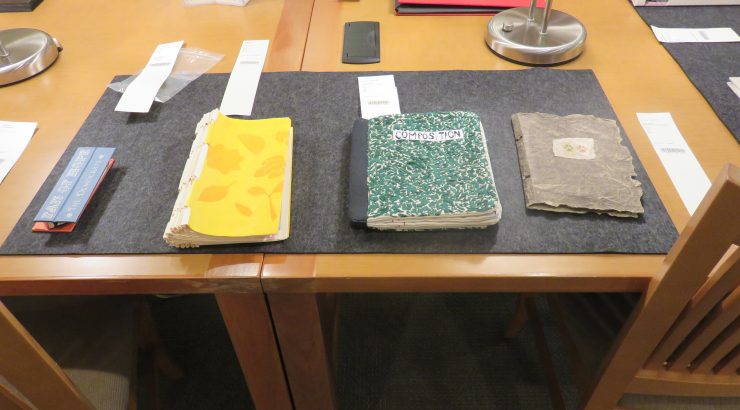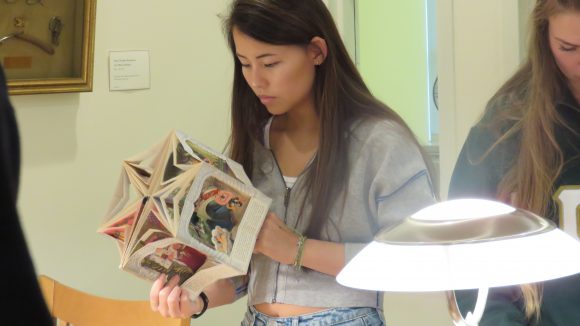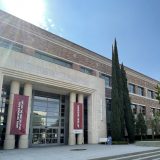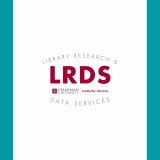Artists’ Books Art students take reading off the shelves and art off the wall
December 13, 2018
“What is an artist’s book?” Leatherby Libraries Special Collections & Archives Librarian Rand Boyd asked Professor Elizabeth Bedford’s Art 123 class. The class fell silent for a moment. “You guys know this,” prompted Professor Bedford, “What is it?” One hand crept up tentatively. “An artist’s book is, well, anything,” the student offered. “Exactly,” Rand replied, “an artist’s book can be anything – it’s the acme of books!”

Two examples of artists’ books, one entirely hand-embroidered, and one made from paper pressed by the artist.
Artists’ books, indeed, are the very acme of books, and can be anything the artist wants them to be. Also known as book arts, they are art forms that use the book as their identifying structure. Because of the unique nature of many of these creations, they often exist either as one-of-a-kind objects or in small editions. Artists’ books can take on nearly any form, and be made out of any material, that the artists’ mind can imagine. The collection of artists’ books housed in the Leatherby Libraries shows off that variety, including books made of pressed paper, fabric, or collected posters, and formed into carousels, fans, tunnels, or even statues. As Rand explained to Professor Bedford’s class, artists’ books make the most of being both books and pieces of art – the goal is for the structure to inform the meaning of the book, and for the meaning of the book to inform the structure of its creation.
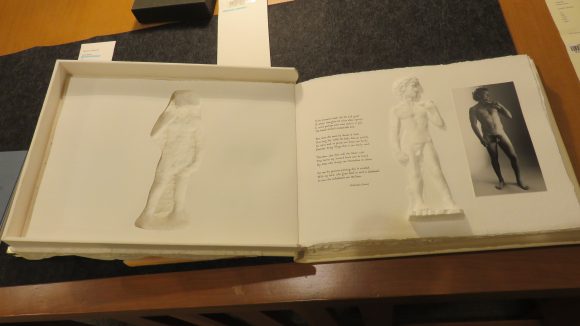
David, by Joseph J. D’Ambrosio, uses bas-relief pressed paper sculptures to represent the David being carved out of stone by Michelangelo.
Another key aspect of artists’ books is their tactile nature. Rather than traditional books, which are typically meant only to be read, or traditional art, which is typically meant only to be looked at, artists’ books demand to be touched. Their varying materials, colors, forms, and structures all call for their reader to handle them and manipulate them, whether that’s by expanding an accordion book, sorting through loose leaf pages, or peering through a tunnel in the pages. As the class made their way into the Special Collections reading room to inspect the books, Professor Bedford called out to her students, to encourage them to take full advantage of this visit with the collection: “I want you to touch every single book!”

Two more of Professor Bedford’s Art 123 students examine the artists’ books, along with Professor Bedford (second from right), and Special Collections & Archives Librarian Rand Boyd (far right).
Students, faculty members, staff, or members of the community are welcome to visit the Special Collections & Archives to see items in our collection. Just be sure to email our staff ahead of time to set up an appointment.
